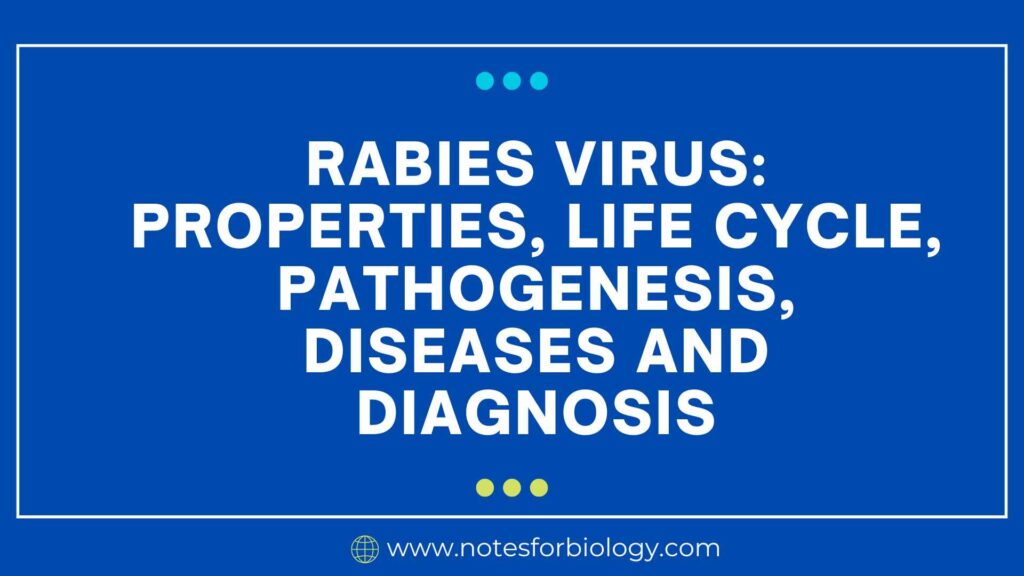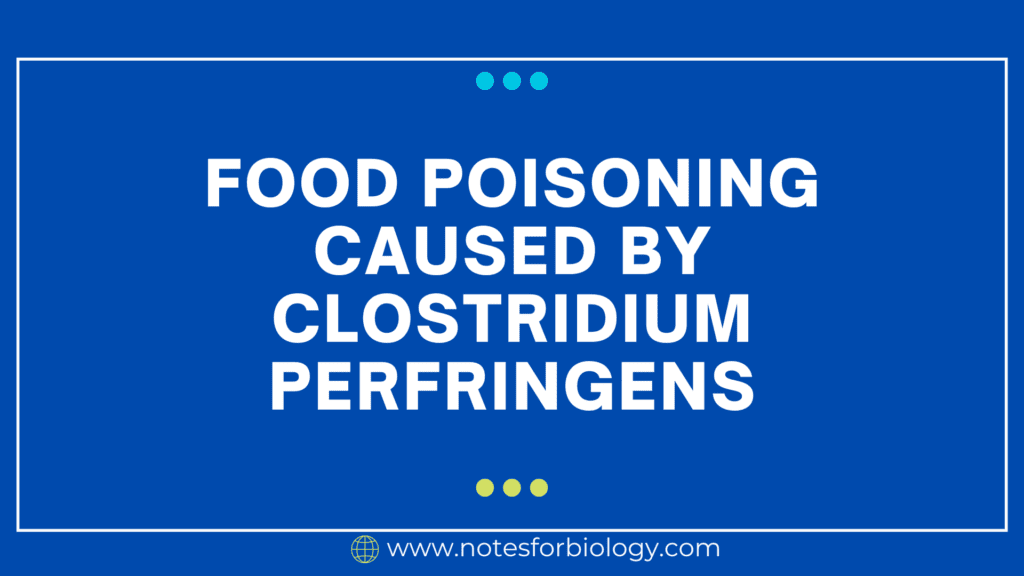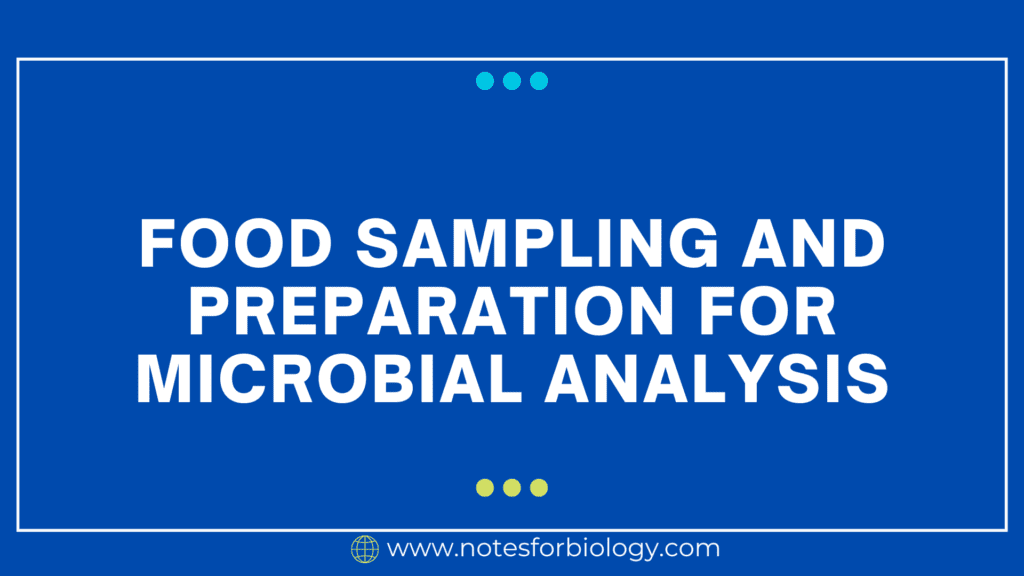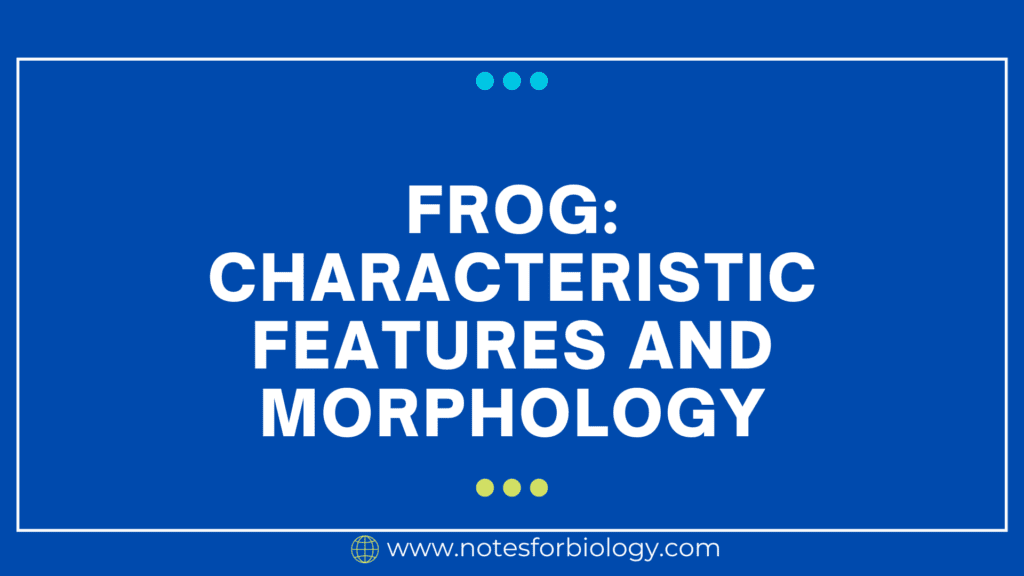Shigella: antigenic structure, cultural characteristics and biochemical tests
Shigella is a genus of Gram-negative, non-motile, rod-shaped bacteria that are known for causing shigellosis, a form of severe bacterial dysentery. The genus belongs to the family Enterobacteriaceae and is closely related to Escherichia coli Shigella Shigella is a genus of Gram-negative, non-motile, rod-shaped bacteria that are known for causing shigellosis, a form of severe […]
Shigella: antigenic structure, cultural characteristics and biochemical tests Read More »










